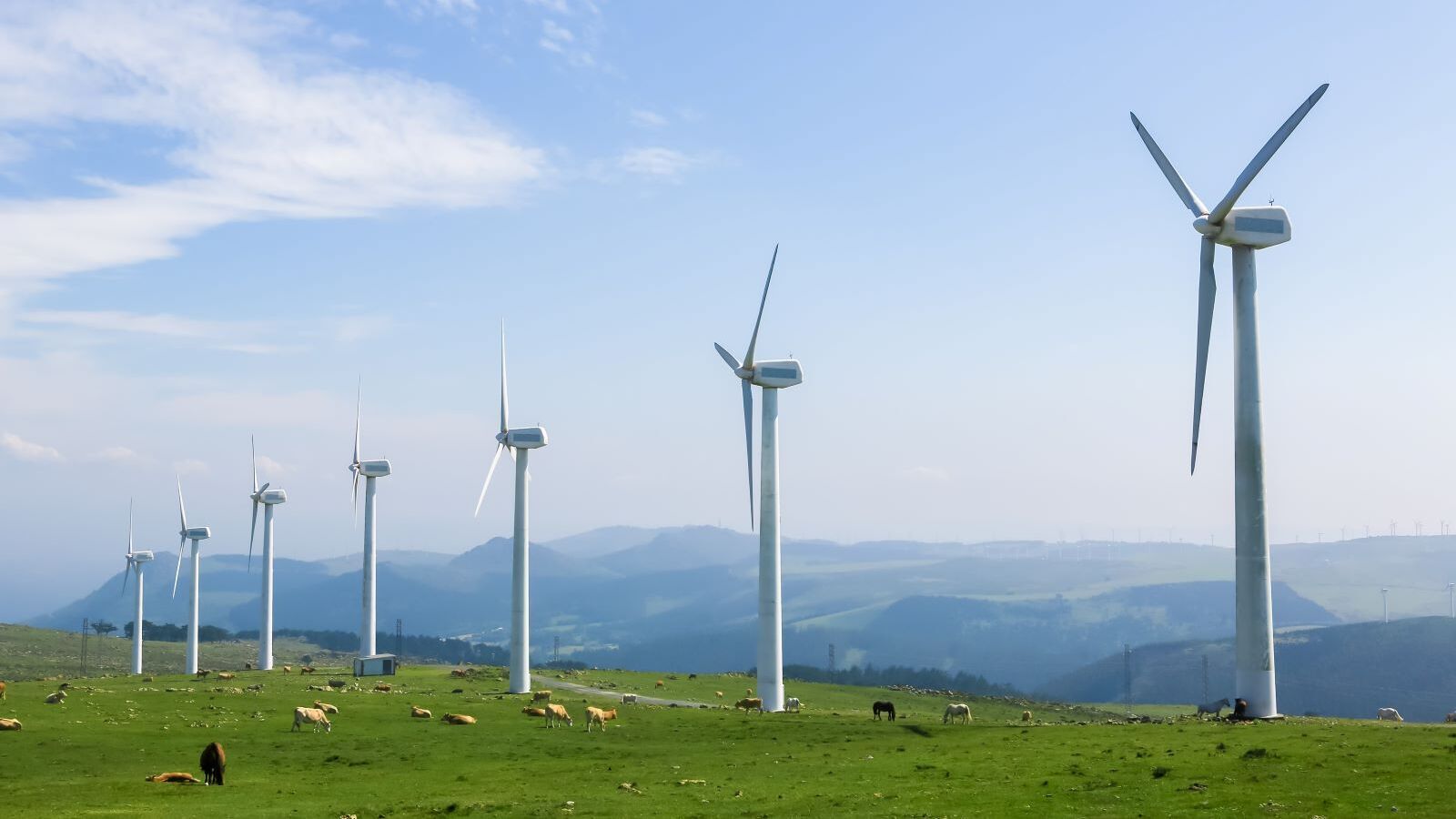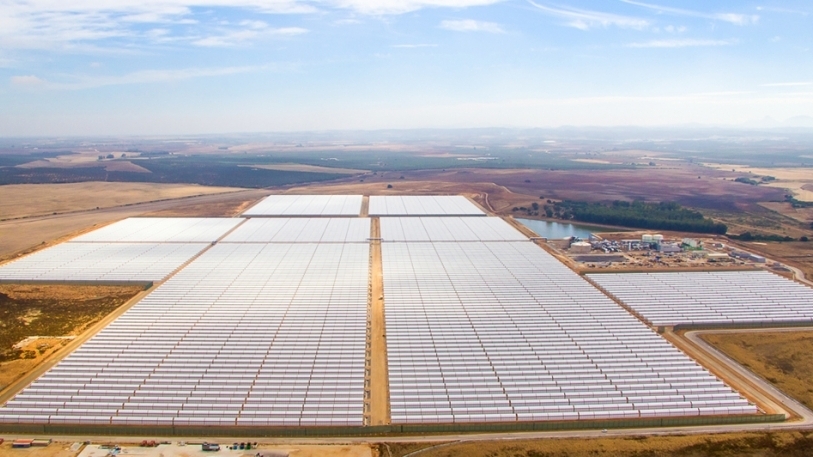Sustainable investment across Europe, Canada, Japan, Australia and New Zealand has increased by 20% in two years, whilst US allocation has fallen, a new report by the Global Sustainable Investment Alliance (GSIA) has revealed.
The sixth edition of the Global Sustainable Investment Review (GSIR), which was published today (29 November), outlined that $30.3trn has been invested in sustainable assets globally.
It revealed that sustainable investment across non-US markets has reached $21.9trn in assets under management, having grown by 20% since 2020. The report highlighted that this rise is mainly due to market growth, but also a result of some regions such as Australia, Japan and New Zealand increasing their allocation towards the assets.
The report also identified that some in the industry, such as the US-based Sustainable Investment Forum (US SIF), are adopting tighter definitions regarding funds described as ‘sustainable’ in response to ‘greenwashing’ concerns. As a result of the US SIF’s methodology change, the report identified that the US’s sustainable assets dropped from $17trn in 2020 to $8.4trn in 2022.
Similarly, in Europe, the long-term trend suggests that the proportion of assets defined as ‘sustainable’ has been declining by around 5% per year, the report found.
James Alexander, GSIA chair, said: “The global sustainable finance industry is continuing to mature, with the introduction of clearer disclosure and labelling regimes – such as the EU’s Sustainable Finance Disclosures Regulation, the UK’s Sustainability Disclosure Standards, and the Securities and Exchange Commission’s proposed Climate Disclosure Rule – helping drive forward our collective understanding of sustainable investment approaches and providing clarity over how sustainable investments are defined.”
Another trend found by the report was a global need for clearer definitions and a more shared understanding of what makes a sustainable asset ‘sustainable’. Hence, the report recommended that improvements are made for greater alignment of regulations globally.
The GSIA called for “widespread and rapid adoption” of a global baseline for strengthened corporate sustainability disclosures as well as for environmental, social and governance rating and benchmarks. It stated that this will ensure investors have access to transparent, accessible and comparable data when making investment decisions.
“Much more can be done to accelerate the transition to a sustainable future. That is why, for the first time, GSIA has made a series of policy recommendations in the GSIR – covering measures to increase investment opportunities in the net-zero transition, the need for closer global alignment on sustainable finance regulations, enhanced data sharing, and a sharper focus on disclosure of nature and biodiversity risks and opportunities,” Alexander added.





